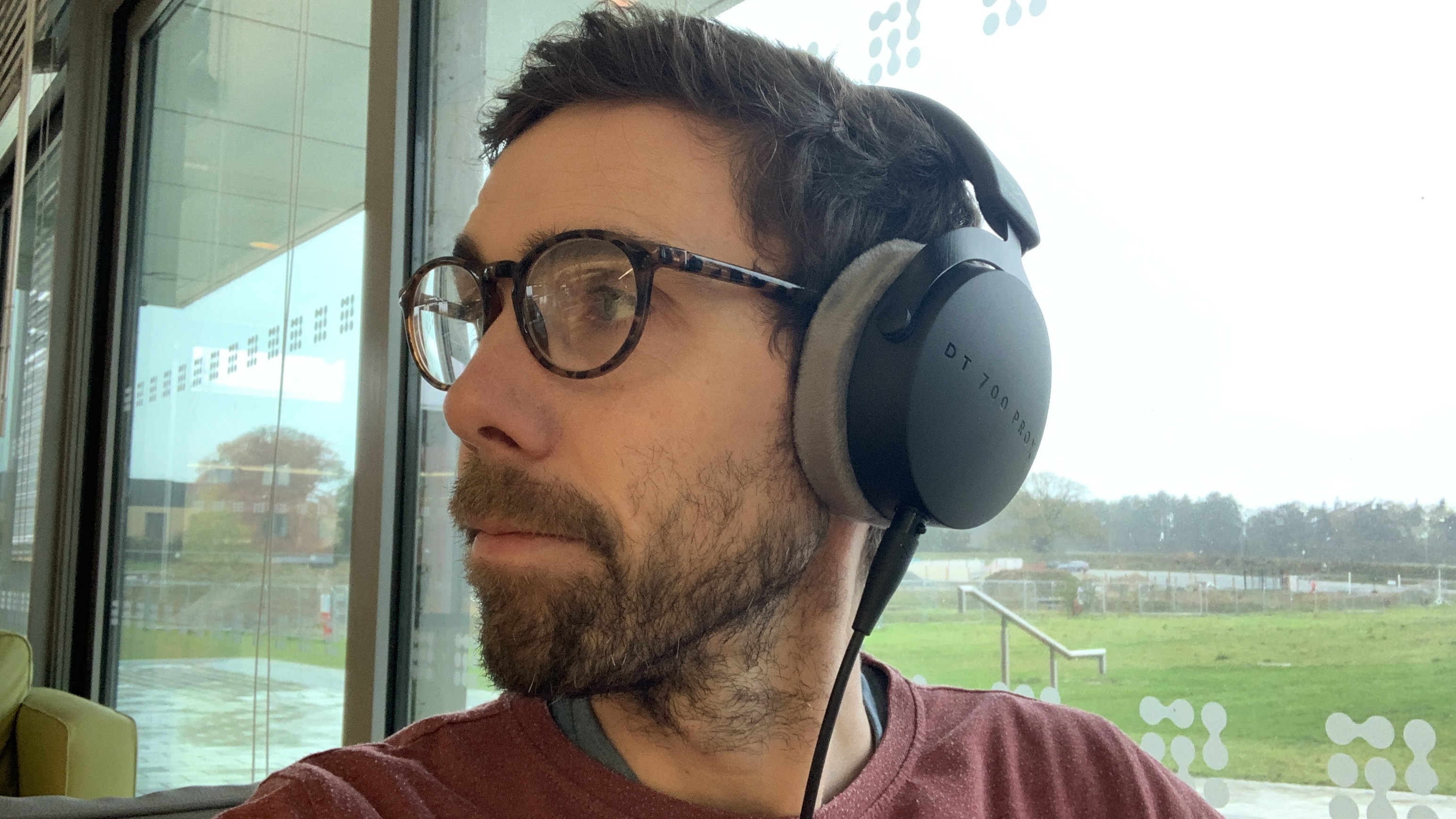Most kid cameras are terrible, but these ones are so good that I’d steal them for myself – and I’m a pro photographer
Most kid cameras are chintzy, but these cameras are so good, I'd use them myself

Cameras for the youngest kids don’t have to be very good – you don’t really need 100MP pictures of a toddler's feet, no matter how adorable they are. The best cameras for toddlers are the ones that are going to survive getting smashed with a toy hammer (which is something my youngest actually did). But at some point, quality begins to matter more than the ability to survive a sticky-fingered toddler.
Most cameras made specifically for kids are chinzy, low-resolution affairs – I’ve tried more than a few with my three kids, who now span from teen, tween, to kid in age. But as a pro photographer, there are a small handful of kid-friendly cameras that are so good, I’d even be tempted to steal them for myself.
In fact, that’s exactly what I did when I bought my oldest a camera for Christmas a few years ago – I bought a waterproof camera that I could steal when I didn’t want to take my mirrorless to the beach.
Cameras that are good enough for both kids and adults tend be a bit pricier than the basic models – most of the cameras on this list are kid-friendly, but designed for all ages. But when you choose a camera for a kid that an adult would use, you decrease the odds that they’ll grow out of it quickly. Here are my favorite kid-friendly cameras that are so good I’d even steal them, from budget-friendly to advanced options.
This screen-free digital compact camera that feels like disposable film
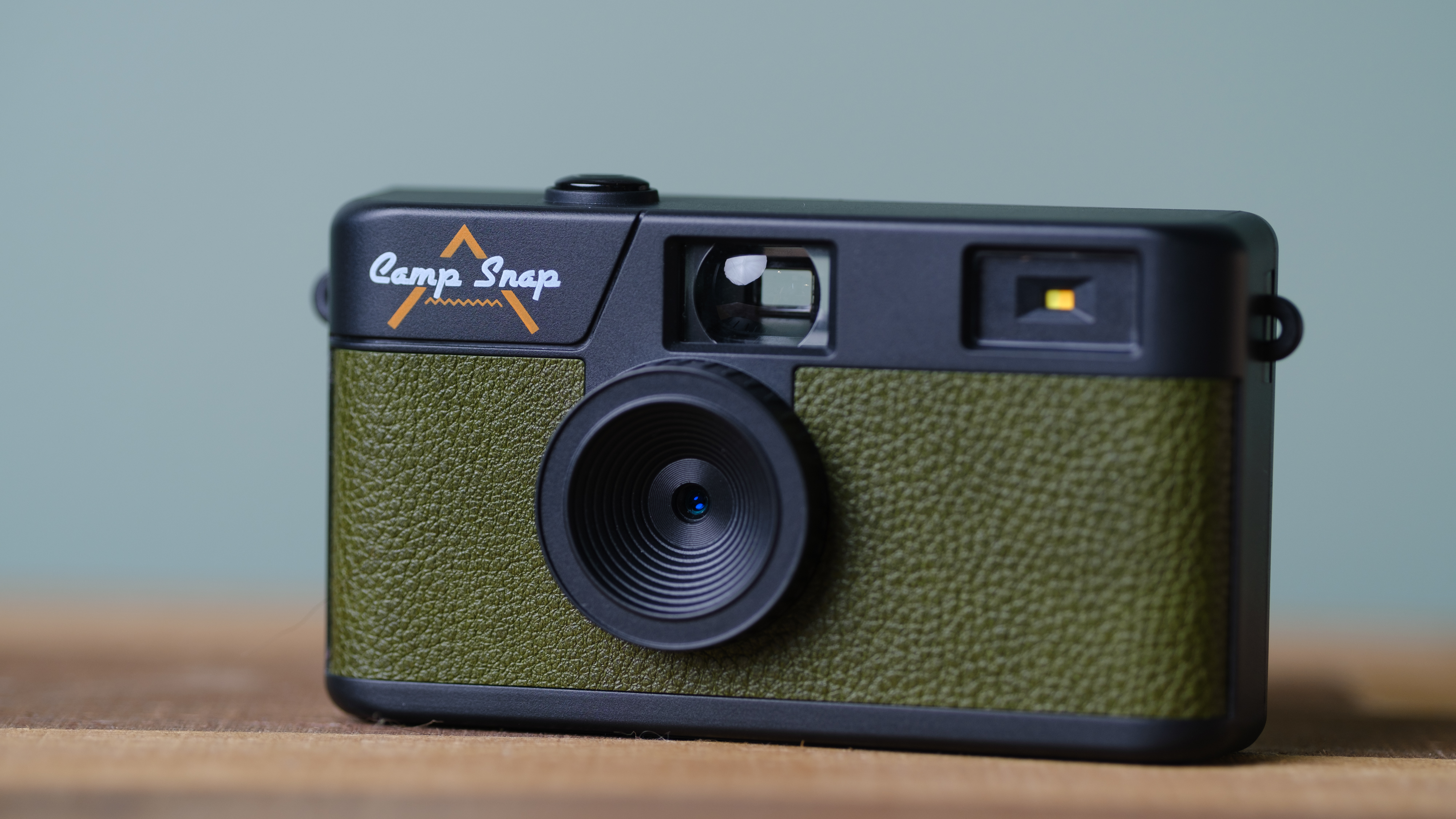
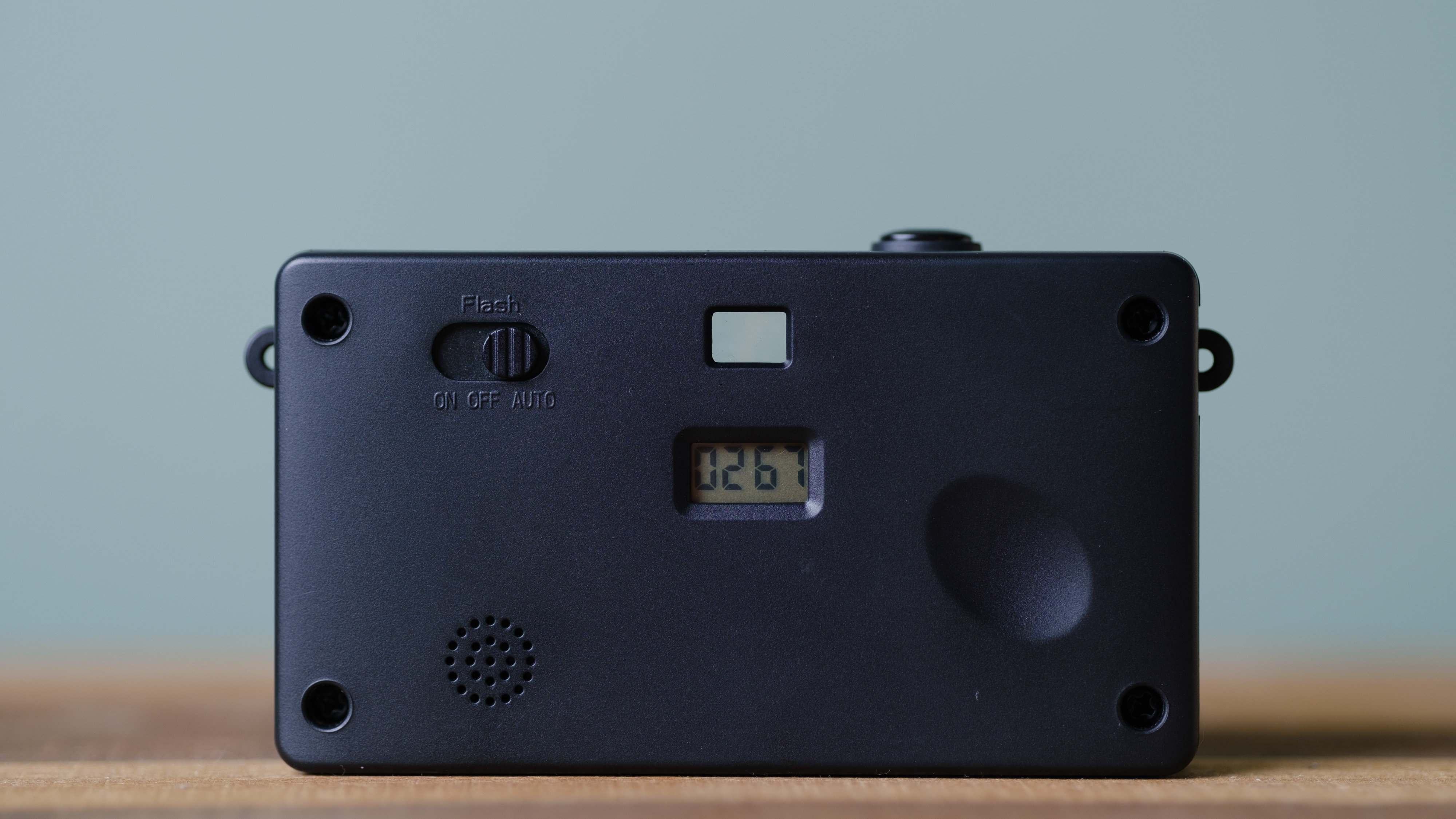

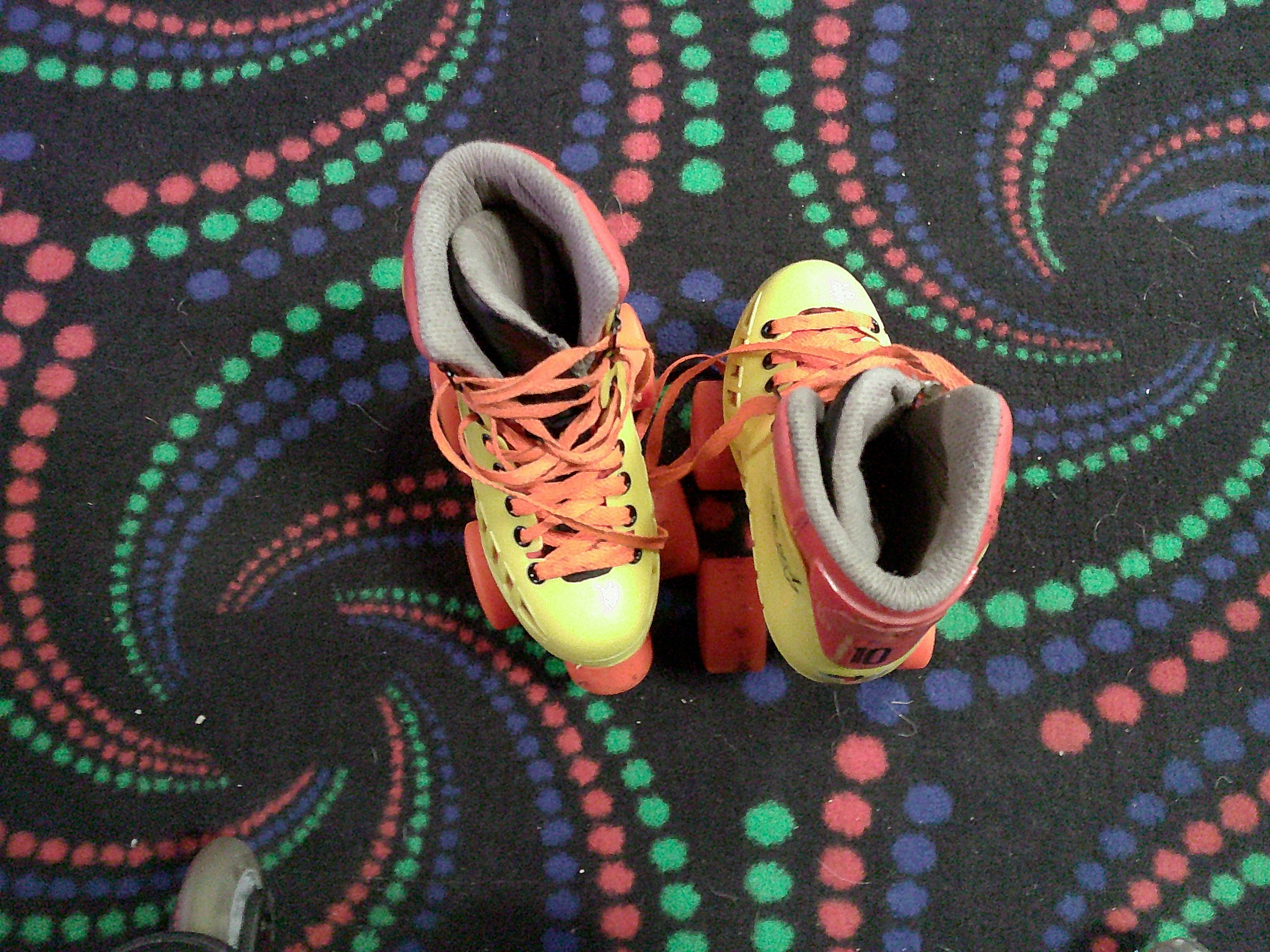
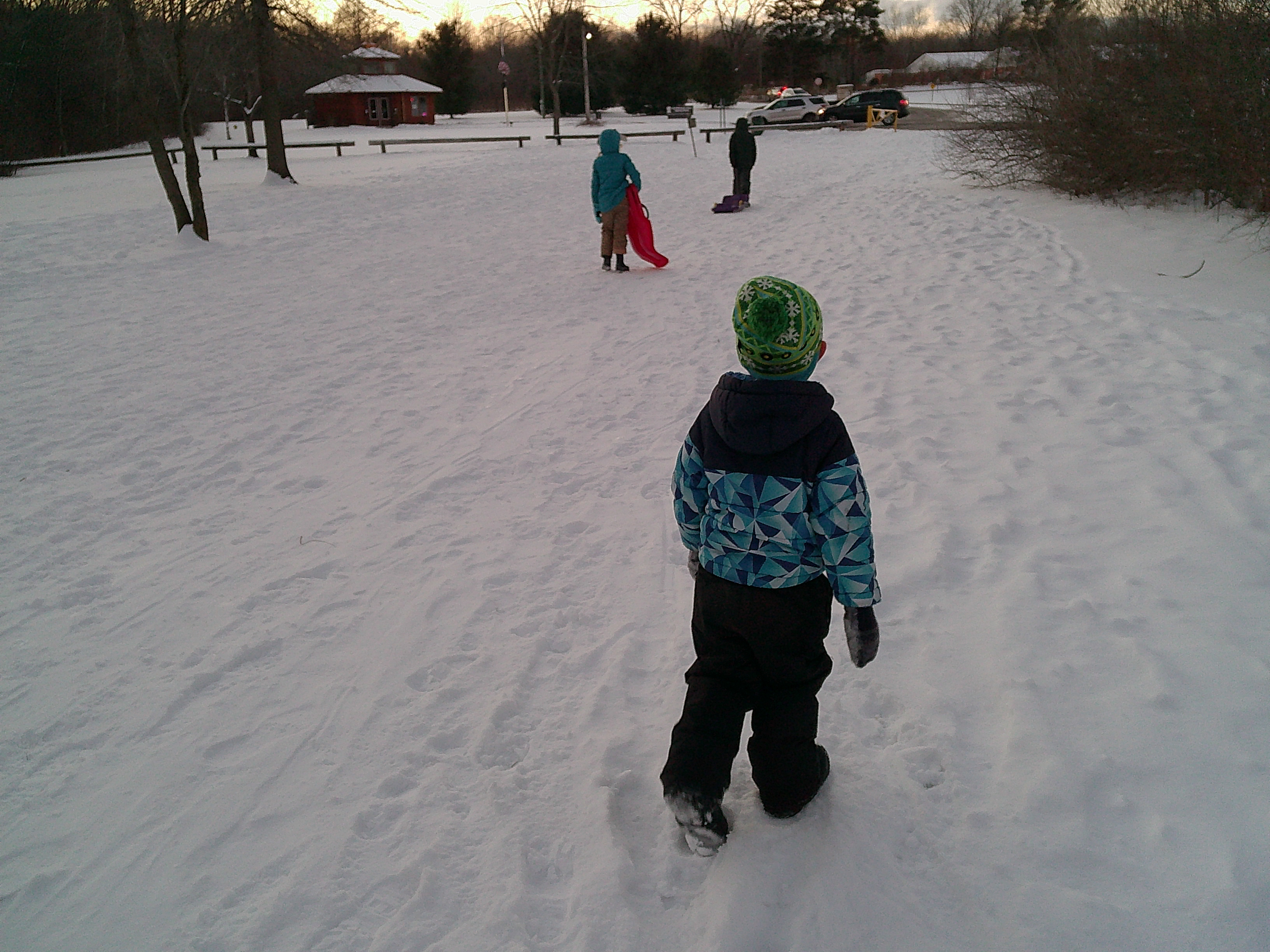
The Camp Snap is a modern kids' camera that takes me back to my own childhood. It's a digital camera, but the screen-free design reminds me of using a disposable film camera (without the cost of buying and developing film).
I’ve even used the Camp Snap myself, but for nostalgia, not pro-level results. The Camp Snap has just 8MP, but the images have a sort of retro charm to them.
The biggest reason to consider the Camp Snap, though, is the lack of a screen. I don’t have to worry about my youngest playing built-in games after his screen time is over, like I do with other kid cameras, because there are none. And, when I borrow it myself, it feels far less distracting than taking photos with my smartphone. (You can even get it customized with their name or initials on the front.)
The best camera deals, reviews, product advice, and unmissable photography news, direct to your inbox!
This retro compact camera that’s both digital and instant film in one
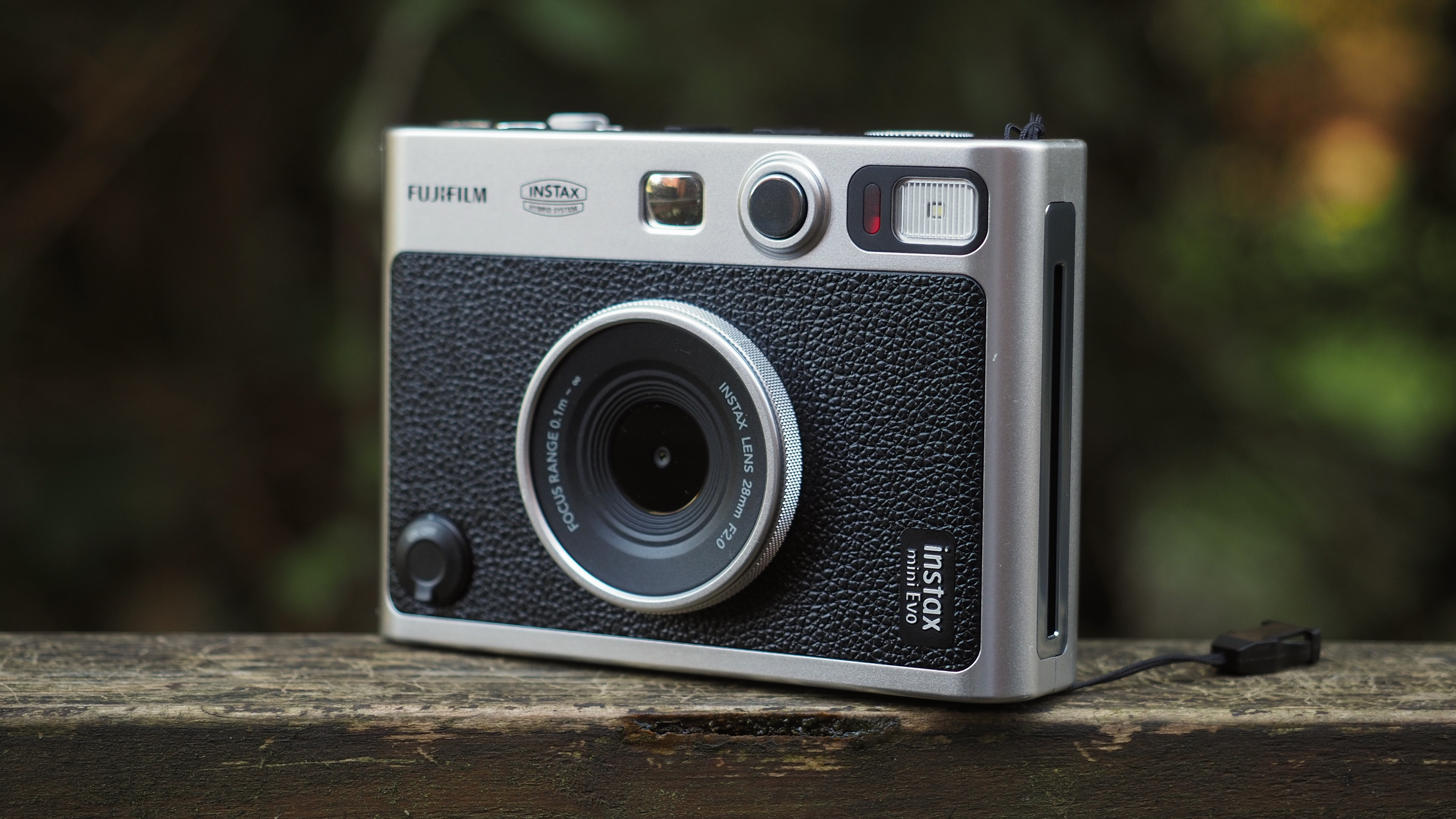


Kids love instant film – there’s something magical about watching the film spit out and seeing the image develop right before your eyes. The problem with giving instant film to a kid, however, is that once they take ten photos, you have to buy more film for them to keep using the camera – and that gets pricey, fast.
But the Instax Mini Evo is both digital and instant film. The Evo is a digital camera that has a built-in printer that spits out real instant film. That has two big advantages. One, kids can continue to take pictures even after they run out of film. Two, kids can print out their best shots rather than wasting film on the photos that didn’t turn out.
I gifted this camera to my daughter – and she loves to decorate her room with the credit-card-sized photos. But the reason I’d steal it for myself is that there are tons of built-in creative tools that are incredibly fun to use, like double exposures, film-like light leaks and more.
A compact camera that’s hard to destroy

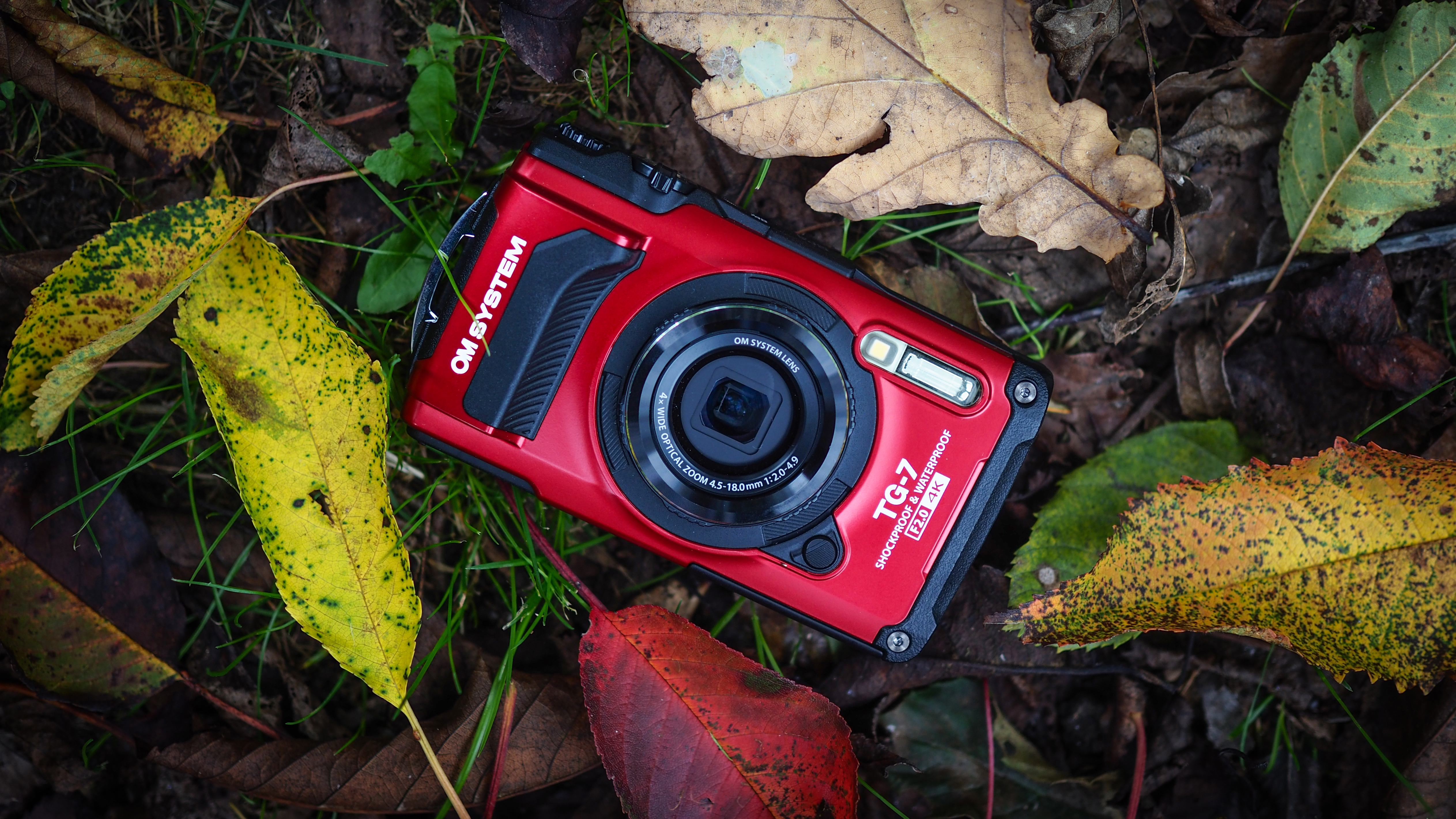
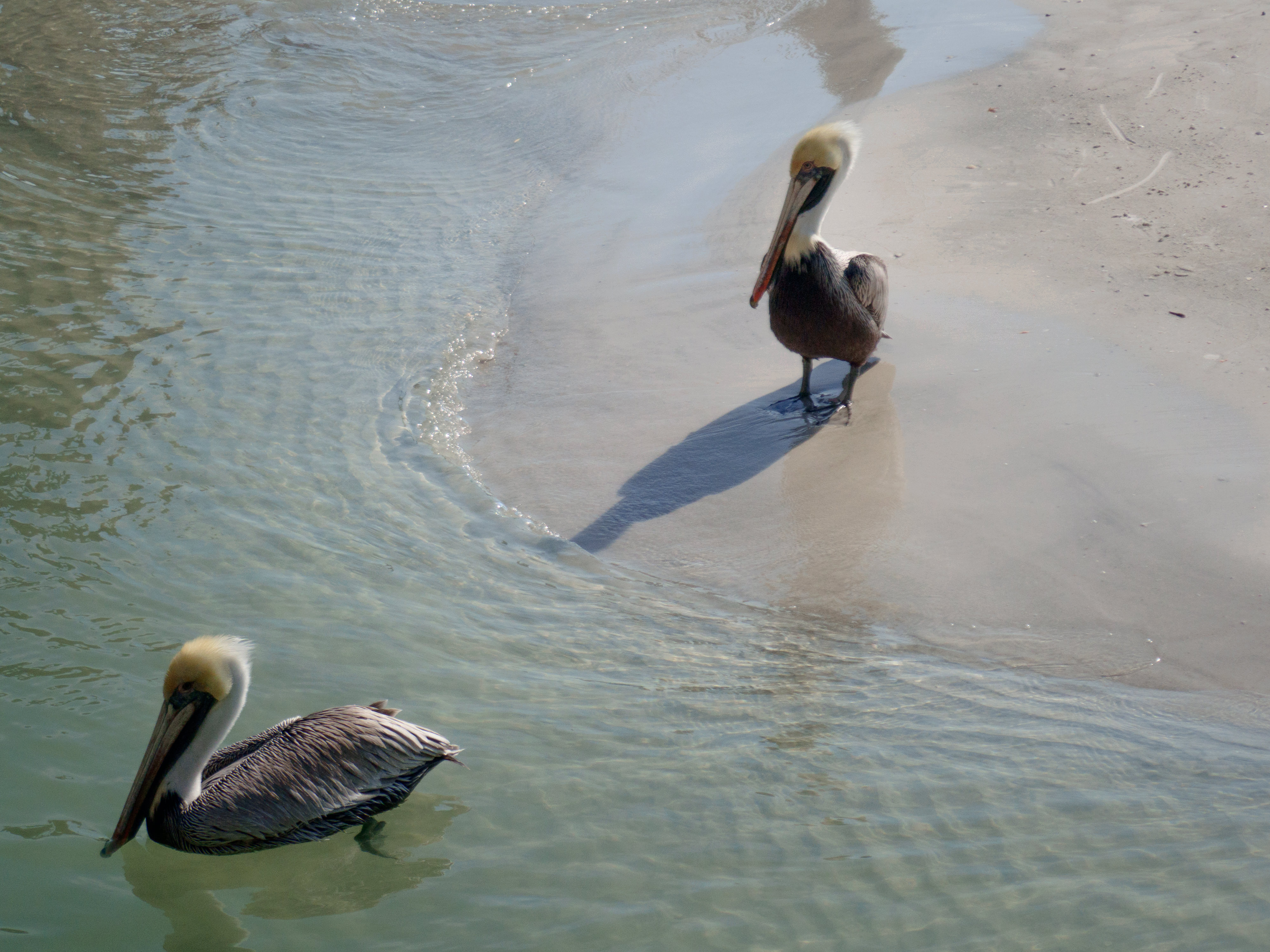
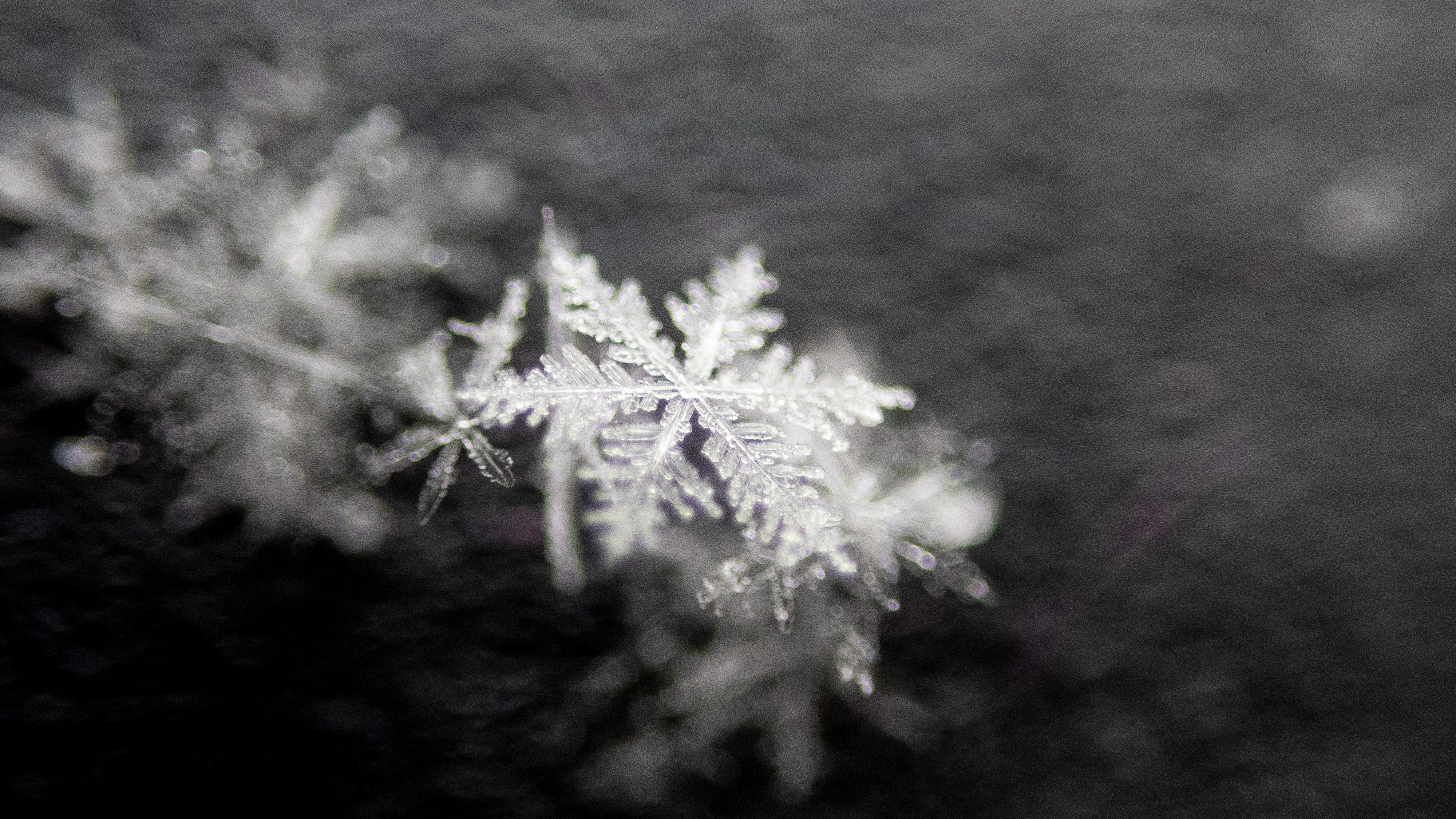
If there’s one camera that you can give a young kid that won’t get destroyed but still get used years later, it’s a waterproof compact camera. The OM System Tough TG-7 is my favorite waterproof compact because it’s durable, but it also has a brighter lens, so it tends to win out in image quality over other similar compacts. It’s an adult camera that I’ve used for travel and beach days, but that’s still simple enough for older kids.
I’ve gifted a previous version of this camera to my oldest, justifying the higher cost because I also wanted to have a camera on hand that I could bring to locations too dangerous to take my own mirrorless camera.
The other thing I love about this camera is the microscopic macro mode, which is a fun way for kids (and grown-ups) to explore their own backyard.
A bridge camera for a close-up look at wildlife


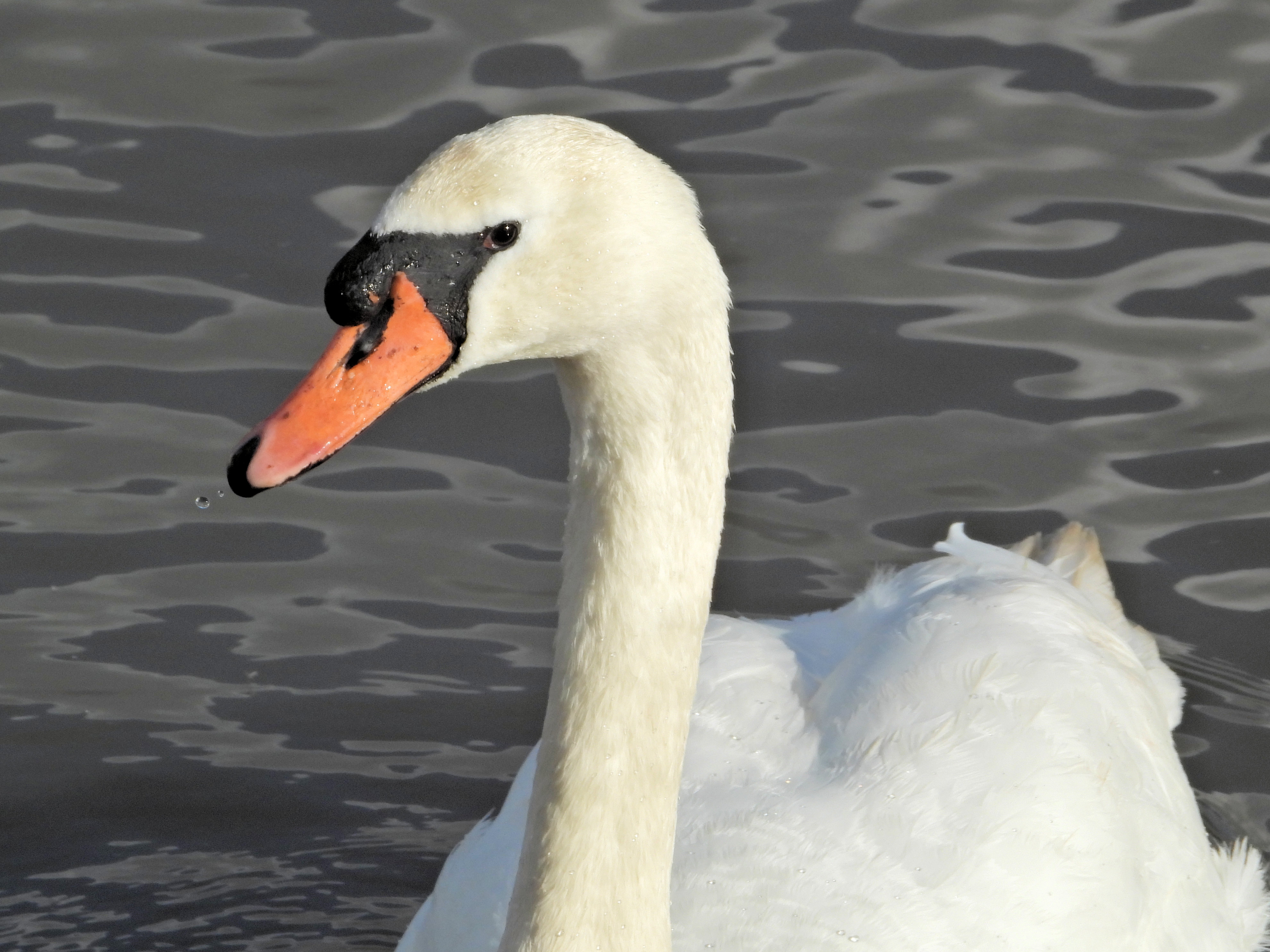
I recently interviewed a ten-year-old who’s gaining quite the following on social media for his wildlife photography – and he uses a type of camera called a bridge camera. A bridge camera gets its name from being the “bridge” between compact cameras and interchangeable lens options. They’re easier to use, but still have a lot of zoom – which is fantastic for wildlife photography.
I’m a fan of anything that gets kids outdoors more, and wildlife photography is a fantastic way to do just that. Set up a bird feeder, and kids don’t even need to leave their backyard to take some cool wildlife shots.
My favorite bridge camera was recently discontinued – but the best bridge cameras, like the Nikon Coolpix P1100 or the Panasonic Lumix FZ80 / FZ82D are excellent options.
A beginner’s mirrorless camera for teens
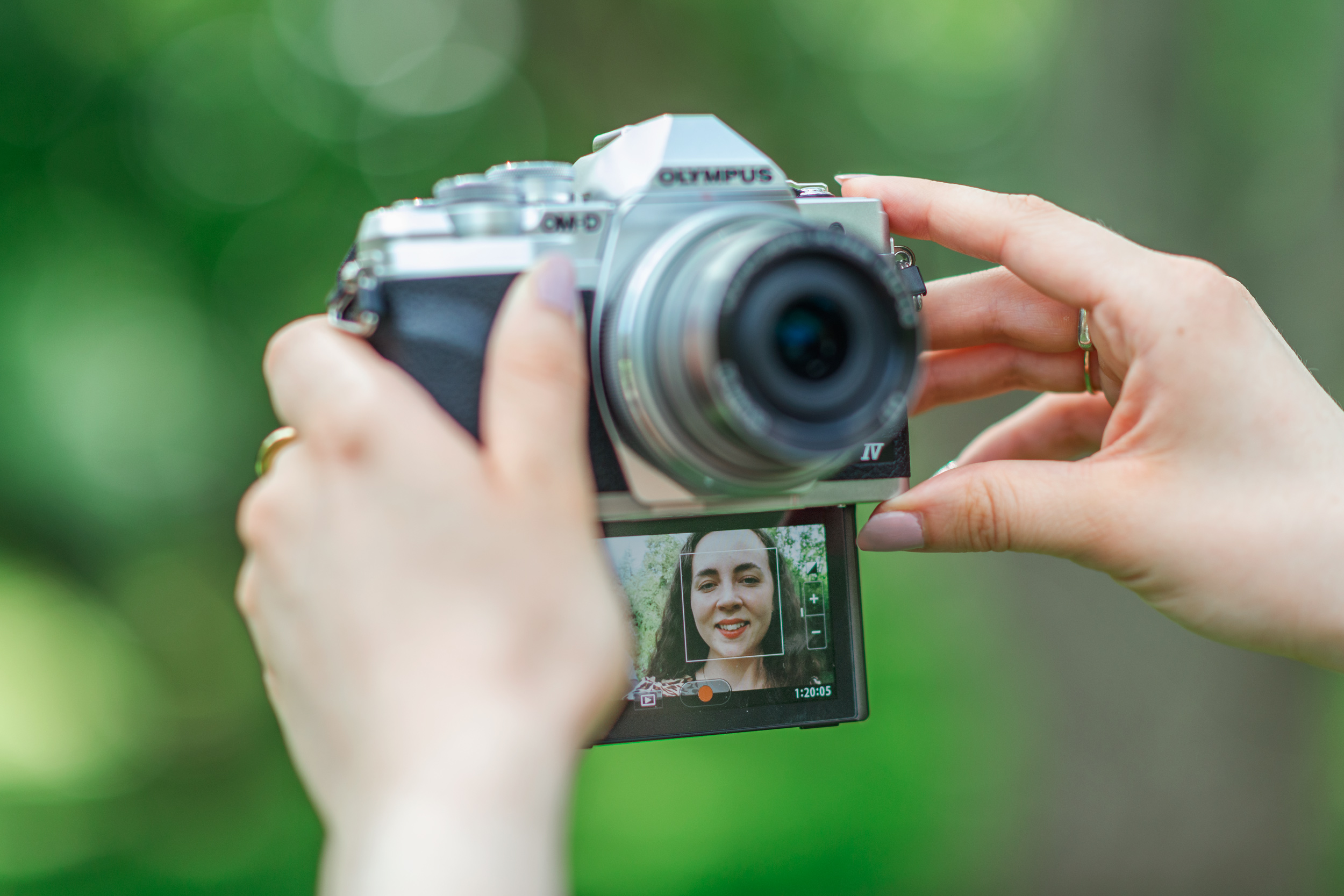

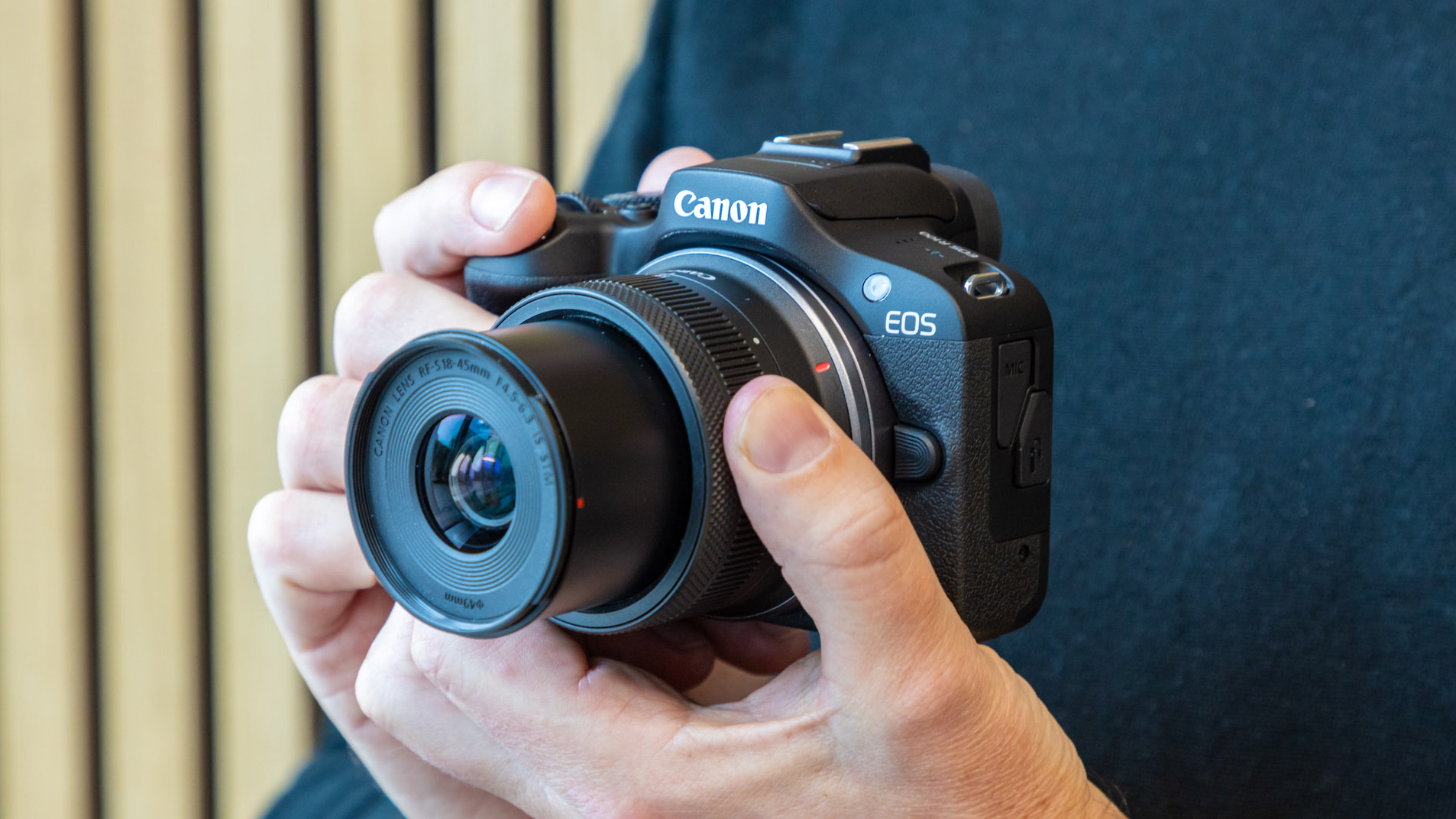
For teenagers (and even responsible tweens) who are serious about getting into photography, I’d recommend steering away from kids' cameras entirely and considering instead a mirrorless camera geared for beginners.
Once tweens and teens are responsible enough to properly use a camera bag for safe storage and not drop it or get it wet, they’re ready to graduate from kids' cameras. That means shifting away from the best cameras for kids to the best cameras for beginners. Some of my favorites include the Olympus E-M10 Mark IV, the Sony ZV-E10 for video and stills, or the Canon EOS R100.
You may also like
Browse camera deals ahead of the holidays, or take a look at the best cameras for kids or the best cameras for beginners.

With more than a decade of experience writing about cameras and technology, Hillary K. Grigonis leads the US coverage for Digital Camera World. Her work has appeared in Business Insider, Digital Trends, Pocket-lint, Rangefinder, The Phoblographer, and more. Her wedding and portrait photography favors a journalistic style. She’s a former Nikon shooter and a current Fujifilm user, but has tested a wide range of cameras and lenses across multiple brands. Hillary is also a licensed drone pilot.
You must confirm your public display name before commenting
Please logout and then login again, you will then be prompted to enter your display name.
